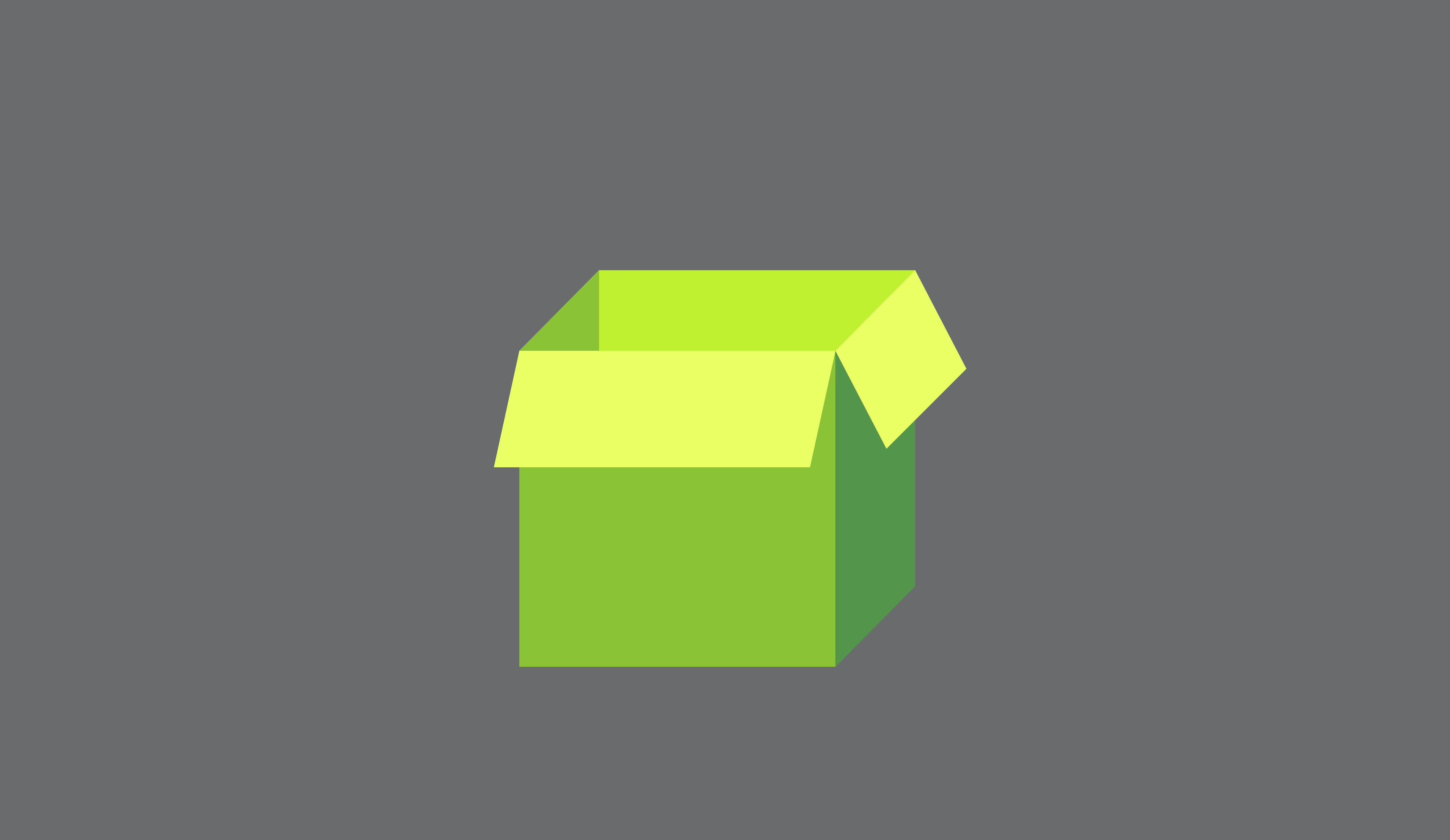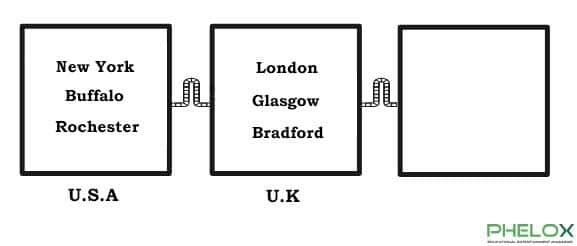We have explained the applications of blockchain and how this revolutionary technology works in a very simple way so that you can have a deep understanding of that.
In simple terms, blockchain is a type of information recording and reporting system. In other words, it is a kind of database. The difference between blockchain and other systems is that the information stored on this type of system is shared among all users of a network. With the use of data encryption and distribution technology, the possibility of hacking, deleting and manipulating recorded information is almost eliminated.
The concept of blockchain first appeared in the community with the advent of bitcoin, and the king of digital currencies used this strategy to store information about users' assets.
For a deeper understanding of the concept of blockchain, consider the following example:
In a group of 100 people, I pick up an information sheet and everyone takes a picture of it with their mobile phone. Now if I delete that information, or change it, it is no longer acceptable to that collection, because they have a copy of the original, unless I take everyone's mobile and delete it.
The group we talked about could be the millions we see in Bitcoin and Atrium and other blockchain digital currencies, or it can be used privately for a specific group.
Blockchains can be used privately and for specific purposes in an institution or organization, also called enterprise blockchain. Of course, according to many experts, organizational blockchains can not achieve the main goal of this technology, which is decentralization.
How does blockchain work?
The word Blockchain is a combination of the words Block and Chain. This technology is actually a chain of blocks.
In each block, any information can be recorded; From the crimes of one person to the details of the transactions of a monetary network such as Bitcoin.

The information is stored in blocks and the blocks are linked together in a chain. This chain forms the blockchain.

Consider the following blockchain, for example. Each block represents a country in which the names of the cities of that country are registered.

There is one more thing. Each of these blocks has something called a hash. A hash is a text string that is generated from a specific mathematical function and its use is to prevent system fraud. A data hash is always fixed. The use of hash methodology helps to prevent fraud and alteration of information recorded on the blockchain.

For example, in the image above, for the U.S.A. block, which contains information about the names of New York, BUffalo, and Rochester, the hash block is the NYBR.
In blockchain, blocks not only have a hash themselves, they also contain a hash of the previous block.
The slightest change in the information of a block changes its hash altogether and invalidates the blockchain.
For example, if a character is added to US city name information, the hash block will change, resulting in invalid subsequent blocks.
What if someone changes the content of a block and updates the hashes of subsequent blocks? It is possible, but the distribution solution in blockchain solves this problem.
Blockchain data is not stored on a specific computer or server. Each computer or system that connects to the network receives a copy of the information. Any computer that connects to the network and receives a copy of the blockchain is called a Node.
When you connect to a blockchain as a node, you receive a copy of all its data. No change in information is possible unless the majority agrees.
Blockchain technology is not a fundamental technology in itself, but a set of processes of alerting, cryptography, mass distribution, and so on that have given rise to this idea. Before blockchain, there were distributed general offices, but with its blockchain structure, blockchain has improved distributed general office technology.
Technical blockchain review
Think of the China Blockchain as an archive where information is stored. Maybe a Chinese block is not much different from what you are most familiar with. Like Wikipedia.
Using a blockchain, many people can enter different records into one type of information archive, and users can also control how information is recorded and updated.
The structure and type of work of this technology is not very different from the type of work of the Wikipedia website. Articles on the Wikipedia online encyclopedia website are also not the product of an author. Anyone can post content on this site in compliance with Wikipedia rules. So in Wikipedia, not just one person controls the information.
However, in-depth study reveals the differences that make China Blockchain technology unique. While both run on distributed networks (Internet), Wikipedia on the World Wide Web (WWW) is designed using a "client server" model.
This means that in Wikipedia, data is stored on a centralized server. Even if users do not want to, one or more people have control over all the data and can modify or delete it completely.
In Wikipedia, a user (client) is able to modify all or some of the Wikipedia entries stored on a centralized server, with permissions assigned to them by the system.
Each time a user accesses the Wikipedia page, they receive an updated version of an article in the database (master copy). But the main difference is that control of the database remains with the administrators of Wikipedia, and control of access and permissions is maintained by a central authority. In a way, Wikipedia administrators can delete an article at any time.
But in Blockchain, the owners of the database information are the network users, and the information registered on it is not deleted.
Real blockchain applications

As we have said, bitcoin and decentralized digital currencies are the most important and successful applications of Chinese blockchain technology. For example, in Bitcoin, using this technology, the possibility of fraud, double spending and return of transactions is eliminated.
But this technology can have many other applications besides digital currencies, and it can be used wherever there is a need for storage space and eliminates the need for trust.
For example, e-election without fraud can be one of the applications of the Chinese bloc. Using this innovation can greatly reduce the risk of electoral fraud and the need for manpower.
Or for another example, we can mention the use of the Chinese block in the supply and transportation chain. Factories and manufacturing companies can record their goods and shipping information from the beginning to reach the customer in the database, which ensures the authenticity of the goods and the quality of raw materials for the customer.
With this technology, just like a society or an organization, it is possible to create a kind of governance in a system so that everyone can share in the advancement of that system in proportion to their shares and powers.
This technology can also be used to convert assets into digital tokens and present them as a transferable asset. For example, the value of a home can be converted into thousands of digital tokens and sold at the applicants' budgets so that many people (even from other countries) can invest in that home.
Of course, the Chinese blockchain is not yet widely used in the real world, and although this technology is decentralized, in many cases we still have to rely on centralized institutions and organizations. But with the provision of the necessary infrastructure, such as the development of artificial intelligence or the Internet of Things, we can hope for more applications of this technology.
final word
Blockchain is a new technology that allows information to be recorded permanently without the possibility of change.
This technology is actually a kind of database that is not located on one or more specific servers, but is distributed on all computers that connect to the network. Registered records cannot be hacked or deleted due to the use of encryption and registration on all network computers.
Bitcoin was the first application of this technology, but this revolutionary system can be used for any system that needs to reduce the need to trust intermediaries and third parties.
